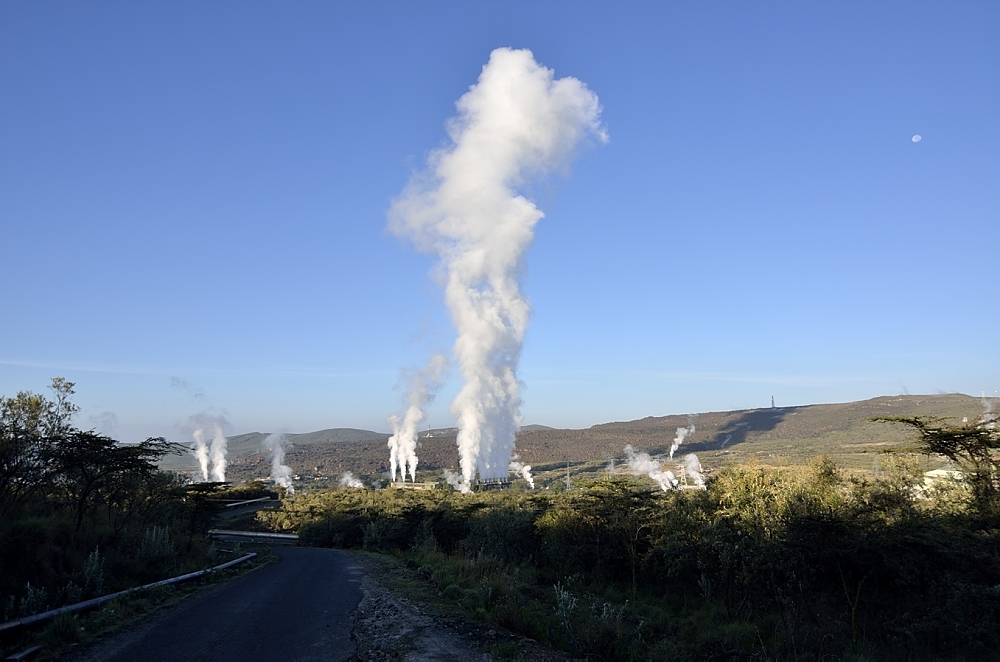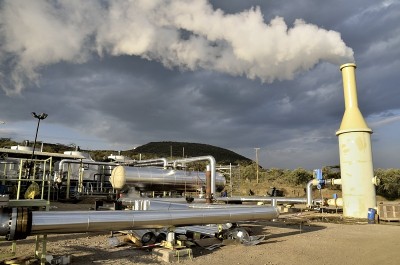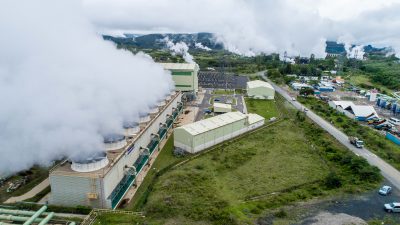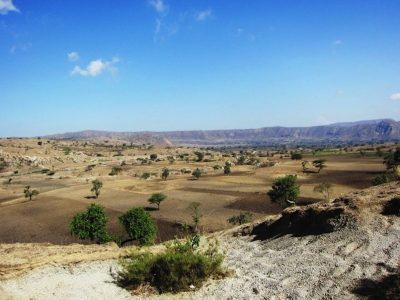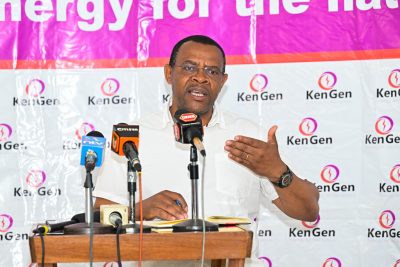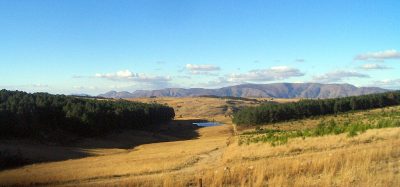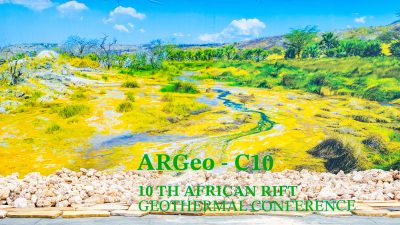How Kenya’s energy policy is driving geothermal development
Kenya’s updated energy policy and auction mechanisms are transforming geothermal development. Explore how regulatory reforms are pushing clean energy goals.
Kenya stands at a strategic crossroads in its energy transition, with ambitious targets for renewable energy and universal electricity access by 2030. Geothermal energy plays a central role in achieving these goals, and recent policy reforms are proving pivotal in shaping the country’s geothermal future, so a “Kenya 2024 – Energy Policy Review” report released by IEA one week ago.
A regional leader with global ambitions
Kenya remains to be the geothermal powerhouse of Africa. As of 2024, geothermal energy accounts for approximately 47% of the country’s electricity generation, making it the largest single source in Kenya’s renewable energy mix. With 985 MW installed capacity and an estimated potential of up to 10 GW, geothermal is both a foundation and a frontier for Kenya’s clean energy ambitions. Today, the country ranks no. 6 in the Top 10 of geothermal countries, only about 15 MW shy of joining the 1 GW Geothermal Countries Club.

The government’s Vision 2030 aims to transition the country into a newly industrializing, middle-income economy, and energy access is a cornerstone of that strategy. Kenya’s target of 100% renewable power generation and universal electricity access by 2030 underlines the importance of geothermal as a stable, dispatchable energy source in a mix increasingly composed of variable renewables like solar and wind.
Policy frameworks supporting geothermal expansion
The Energy Act of 2019 remains the cornerstone of Kenya’s energy policy. It provides a comprehensive legal structure for renewable energy development, including geothermal. Key provisions include:
- Allocation of undeveloped geothermal resources to the national government.
- Exploration licenses valid for two years (renewable), and production licenses valid for up to 30 years.
- Royalties structured at 2.5% for the first decade and between 2–5% thereafter.
Further, the Least Cost Power Development Plan (LCPDP) guides future investments, ensuring geothermal continues to be prioritized due to its reliability and cost-effectiveness.
Complementing these are procurement reforms: Kenya is transitioning from the former feed-in-tariff (FiT) system to a Renewable Energy Auction Policy (REAP). This shift aims to increase transparency and cost-competitiveness, especially for large-scale projects over 20 MW. Geothermal developers are now selected via competitive bidding, enhancing investor confidence and enabling better alignment with national demand forecasts.
Infrastructure and market liberalization
To fully realize its geothermal potential, Kenya is also opening its electricity market. The Electricity Market, Bulk Supply and Open Access Regulations (2024) permit private participation in transmission and distribution, historically state-controlled. These reforms, while still in early stages, are intended to attract private capital into grid infrastructure and encourage more independent power producers (IPPs) to enter the geothermal space.
Despite progress, challenges remain. Kenya’s grid experiences high transmission and distribution losses—23% in 2023—due to outdated infrastructure, theft, and billing inefficiencies. Nevertheless, smart grid initiatives and performance-based regulations are underway, aiming to improve reliability and reduce losses, which in turn would make geothermal investments more bankable.
Direct use and innovation
Geothermal in Kenya is not limited to power generation. The Geothermal Development Company (GDC) is actively exploring direct-use applications in agriculture, industry, and tourism. Demonstration projects in milk pasteurization, aquaculture, and greenhouse heating are already operational. These applications present new commercial opportunities and foster rural economic development.
Furthermore, Kenya is pioneering in geothermal-powered carbon capture, with the Project Hummingbird direct air capture facility in Naivasha – one of the world’s largest pilots of its kind—illustrating how geothermal can underpin innovative climate technologies.
Investment climate and outlook
Despite high inflation and fiscal constraints, Kenya remains a top destination for development finance and climate investment in Africa. The Energy Transition and Investment Plan (2023–2050) estimates that $600 billion will be required to meet climate and energy targets, with geothermal continuing to play a central role.
To unlock greater private sector participation, especially in geothermal development, Kenya must address regulatory complexity, improve inter-agency coordination, and provide clarity around fiscal incentives. The upcoming review of the National Energy Policy (2018) offers a strategic opportunity to streamline governance and accelerate geothermal deployment.
Kenya’s geothermal sector is a model for how policy can foster renewable energy leadership. With a solid legal framework, proactive auction mechanisms, and growing international interest, the country is poised to scale up geothermal deployment significantly. The challenge now lies in translating policy into streamlined execution, robust investment, and equitable access – delivering both climate resilience and inclusive economic growth.
To read the IEA report, check out this link.
